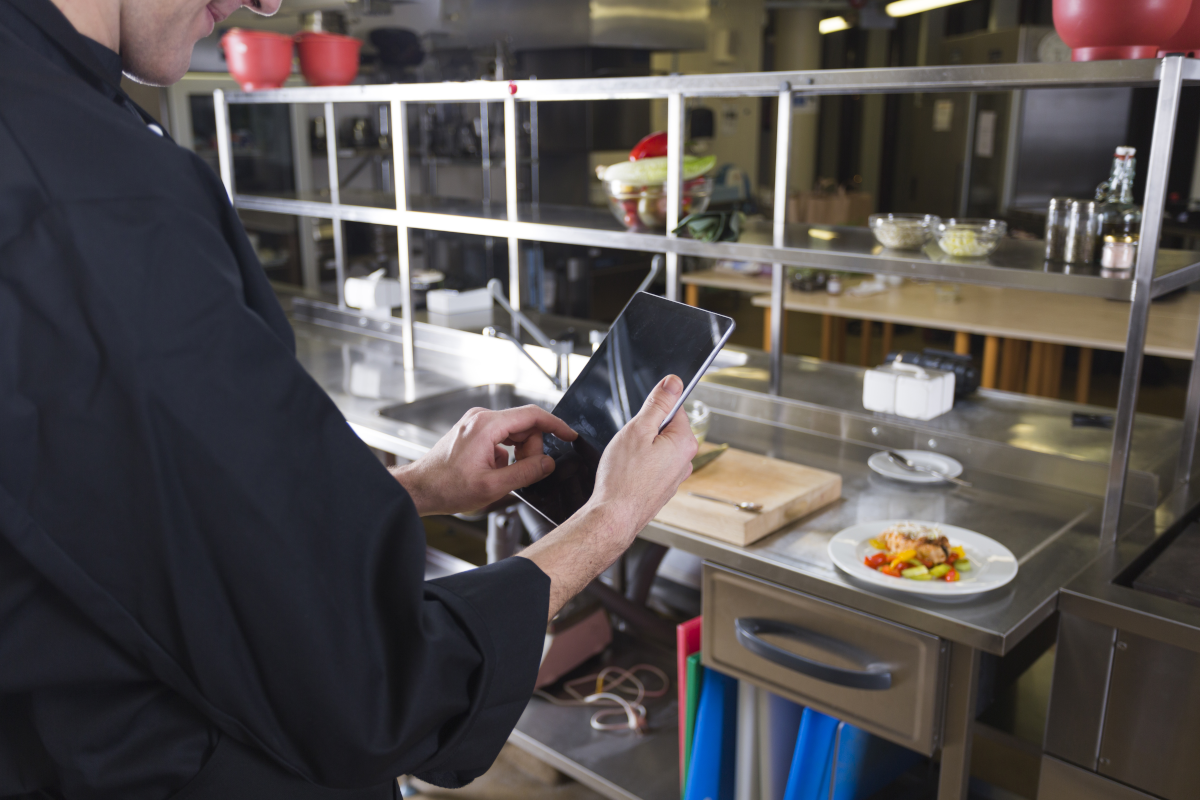
Technology is transforming every aspect of our lives and the field of food safety inspections is no exception. Our remote inspection software, Flexion, is emerging as a powerful tool to enhance the efficiency, accuracy, and scope of food safety inspections. By using digital tools and advanced communication platforms, we are revolutionising how food safety is monitored, ensuring that food products are safe for consumption without compromising on quality and regulatory compliance.
Our remote inspection software is used to conduct inspections from a distance. Instead of being physically present, inspectors use our Flexion platform to evaluate food safety standards and processes. Our approach allows inspectors to virtually tour facilities, observe operations, and review compliance documentation in real-time, all from a remote location.
Increased Efficiency. Flexion remote inspections remove the need for travel, significantly reducing the time and resources required for inspectors to visit multiple sites. These savings allow for more frequent and comprehensive inspections while enhancing overall food safety oversight.
Cost-Effectiveness. By cutting down on travel expenses and logistical arrangements, Flexion remote inspections can save substantial costs for both regulatory bodies and food industry stakeholders. These savings can be reinvested into improving food safety processes and technologies.
Enhanced Accessibility. Our remote inspection software makes it possible to inspect facilities in remote or hard-to-reach areas, ensuring that even the most geographically isolated food production sites can be regularly monitored for compliance.
Real-Time Data Collection. Advanced sensors and IoT devices can continuously collect data on various parameters such as temperature, humidity, and hygiene levels. This real-time data allows for immediate detection of any deviations from safety standards, enabling swift corrective actions.
Documentation and Traceability. We create a detailed record of the inspection process, including videos, photos, and data logs. Our Flexion remote inspection platform provides a transparent and traceable account of food safety practices, which can be crucial during audits or investigations.
To effectively implement remote inspection technology in food safety inspections, several key steps should be taken.
Invest in Technology. Food facilities need to equip themselves with the necessary technology, in particular reliable internet connections. Our platform does not require specialised hardware. All you need is a smartphone, tablet or PC and you are good to go.
Training and Education. Both inspectors and facility staff should be trained to use any remote inspection software effectively. In addition to understanding how to operate the technology, good documentation and help resources should be available. We include training and documentation as part of our on boarding of clients.
Developing Protocols. Clear protocols and guidelines must be established to ensure consistency and reliability in remote inspections. These protocols should outline the inspection process, criteria for evaluation, and procedures for addressing non-compliance. At Flexion, we offer the ability to include checklists and procedures within our platform.
Collaboration and Communication. Effective communication between inspectors and facility staff is crucial for the success of remote inspections. Regular virtual meetings, feedback sessions, and collaborative problem-solving can help maintain high standards of food safety. In addition, we include features such as live annotation features, chat, and remote control to assist in communicating during inspections.
While remote inspection software offers numerous benefits, it also presents certain challenges that need to be addressed.
Technical Limitations. Reliable internet connectivity and high-quality video streaming are essential for remote inspections. Technical issues such as poor internet connections can hinder the inspection process. With Flexion, our platform will automatically adjust the live video feed to adapt to bandwidth availability and strength.
Privacy and Security. Handling sensitive information over digital platforms requires robust cybersecurity measures to protect against data breaches and ensure confidentiality. As such, we include encryption and IS027001 standards within our solutions.
Human Element. Remote inspections might lack the personal touch and on-the-ground intuition that comes with physical inspections. Building rapport and trust remotely can be challenging, and some nuances of the physical environment might be missed.
Regulatory Acceptance. Regulatory bodies need to recognise and accept remote inspection methods as valid and reliable. This may require updates to existing regulations and standards to accommodate the new technology.
As our technology continues to advance, the future of food safety inspections looks promising. We are constantly innovating to support our clients. Typical innovations at Flexion include artificial intelligence, machine learning, and augmented reality are further enhancing the capabilities of remote inspections. Our AI algorithms can analyse data to predict potential safety issues, while augmented reality can provide inspectors with immersive virtual tours of facilities.
Our remote inspection software is poised to transform food safety inspections, making them more efficient, cost-effective, and comprehensive. By embracing our technology, the food industry can ensure higher standards of safety and quality, ultimately protecting consumers and enhancing public health. As we continue to innovate and adapt, remote inspections will play a crucial role in safeguarding the food supply chain in the video age.